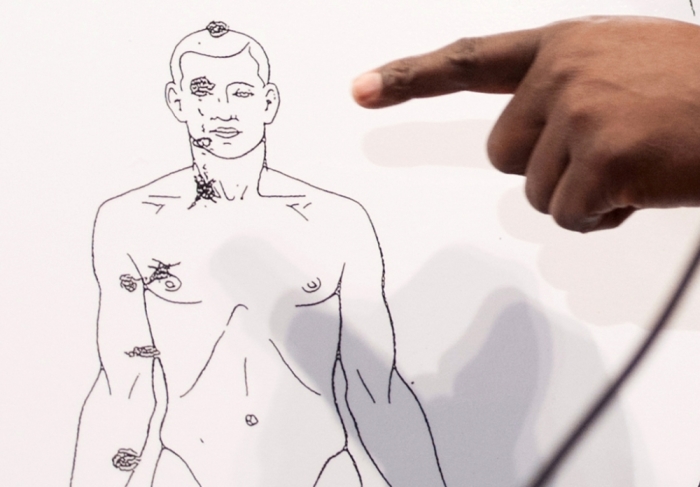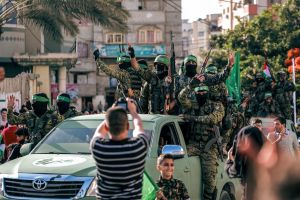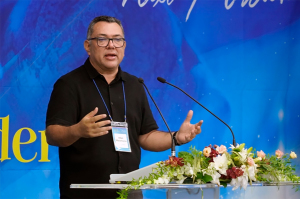Michael Brown Shooting: Is 6 Shots Normal for Police Use of Force?

After a preliminary autopsy revealed that teenager Michael Brown was shot at least six times to the front of his body by a Ferguson, Missouri police officer on Aug. 9, a retired Baltimore City police officer who was involved in six individual use-of-force shootings in his 12-year law enforcement career, told The Christian Post Monday that, in general, six shots is not an overly excessive amount of shots for officers to take when trying to take down an assailant and protect themselves.
Robert Yamin, who was forced to retire on disability from the Baltimore City Police Department after being shot by an assailant with his own weapon, said that police officers must do whatever they can to ensure their safety once they get into an altercation and the assailant doesn't let up.
"It appears without having any real knowledge, just based on theory, that the officer was justified. The amount of bullets fired, you shoot whatever you need to stop the incident," Yamin said. "Until he stops coming at you. You keep shooting."
Yamin added that in split-second incidents, police don't cock their gun but instead fire all the way through meaning the shots will be less accurate because it requires more pressure to fire the weapon. When dealing with high intensity situations, it is in the officer's best interest to fire multiple times because these situations tend to happen so fast.
"The whole incident probably took place in two seconds, maybe three," Yamin speculated. "You can imagine what it would be like to go through four seconds of not knowing whether you are going to live or die, and it is all based on what you do in the next two or three seconds so you are making a decision, just split second."
Yamin also added that an officer's accuracy with a weapon during a tense split-second situation is not the same as it would be at a firing range when cops are afforded the opportunity to breathe easy and focus on their target.
"When they are in a stress situation like this officer was, you are breathing heavy as hell," Yamin said. "Compare that to running around the block three times and then sit there and try to thread a needle. That would be pretty hard because you are shaking like a leaf. You are breathing heavy. Its the same way."
However, Lawrence Kobilinsky, a professor at the John Jay College of Criminal Justice in New York City, told CP on Monday that police officers are trained to use the minimal amount of force and trained to keep their composure during highly stressful altercations.
"Clearly, six shots could be interpreted as five too many," Kobilinsky said. "My thinking is that police officers are trained to overcome the adrenaline flow, the fight or flight system where your respond out of fear and your muscles become enriched in blood and you are ready to fight. Police training is really designed so that you are in full control of every shot."
Although Kobilinsky feels that police training should have prevented Wilson from shooting Brown as many times as he did, he said he can understand why the officer fired as many shots as he did.
Considering that Brown was 6-foot-4, 300 pounds, Kobilinsky said it can be a terrifying experience for any cop to get into an altercation with someone that large.
"I can actually understand what it would be like to be in a situation where you are trying to arrest somebody like that. It is a frightening experience," Kobilinksy said. "If there is an indictment against the police officer, I think the jury will have to put themselves into his shoes and try to figure out what was going through his mind. … But they were not in his place at the time. Who is to say, this wasn't a normal reaction. Again, police training should have made the difference here."





























